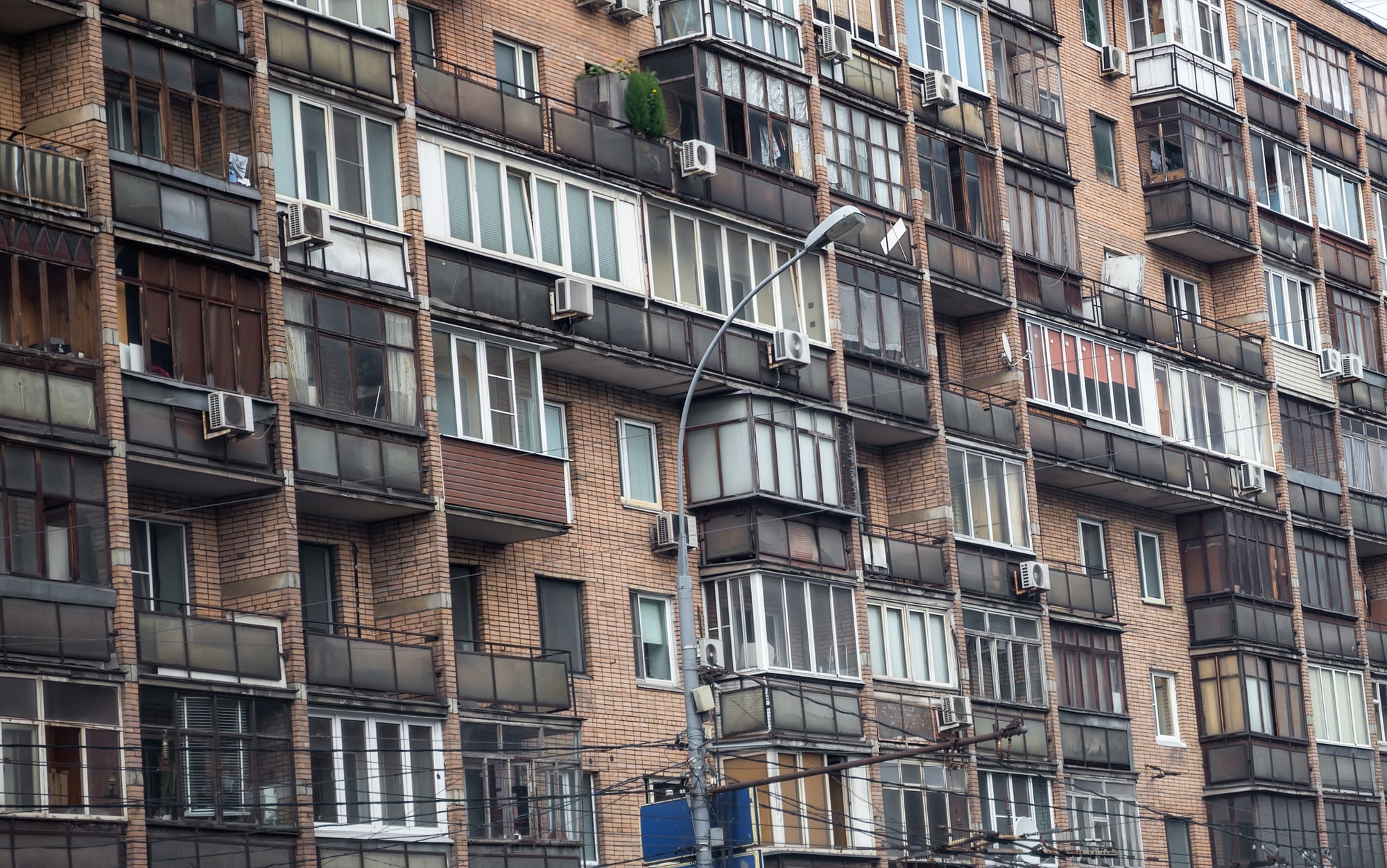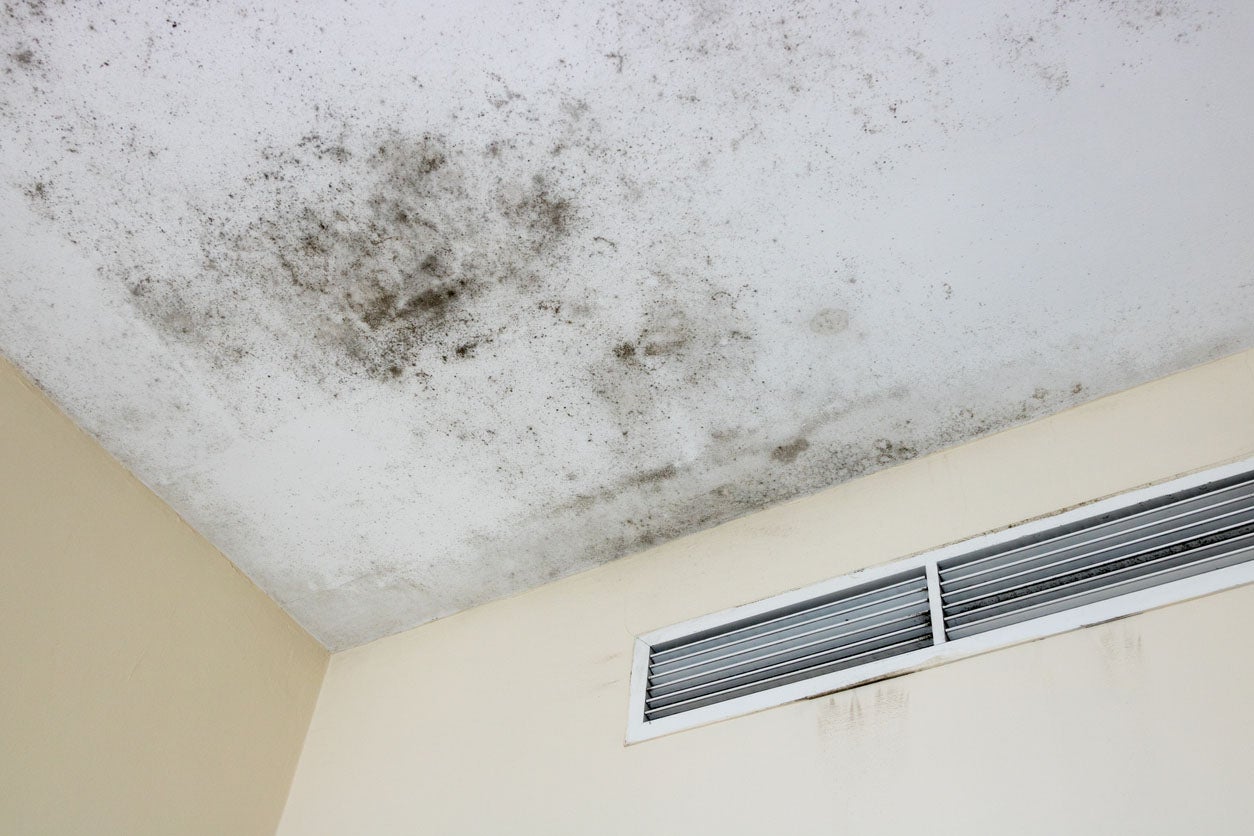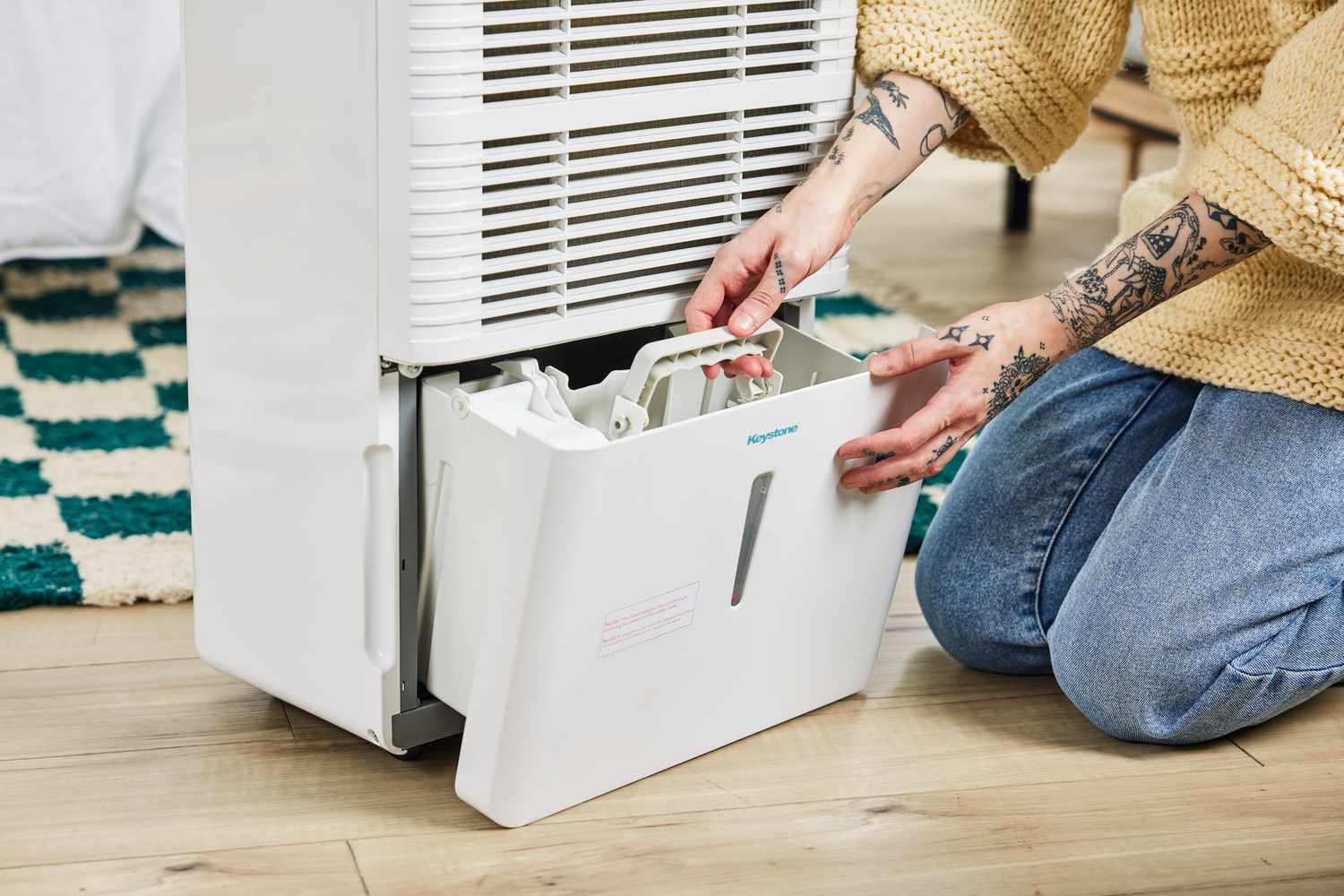
Understanding Mold in Section 8 Housing
Section 8 housing is a government-subsidized program that provides rental assistance to low-income individuals and families. Just like any rental property, Section 8 housing must meet basic standards for safety and livability, which includes maintaining a mold-free environment. Mold can develop in homes where there is excessive moisture, such as from leaks, high humidity, or poor ventilation. It thrives in damp areas like bathrooms, basements, and around windows.
Unfortunately, mold can cause a range of health issues, from mild symptoms like sneezing and itchy eyes to more severe reactions such as asthma attacks and respiratory infections. Mold can also damage the structure of a home, leading to costly repairs if left untreated.
Your Rights as a Tenant in Section 8 Housing
As a tenant in Section 8 housing, you have the right to live in a safe and habitable environment, free from mold and other hazards. The Department of Housing and Urban Development (HUD), which oversees the Section 8 program, requires landlords to maintain their properties in a way that meets health and safety standards. This means that landlords are typically responsible for addressing mold issues that arise due to structural problems or leaks.

1. Landlord Responsibility
Landlords are required to address any issues that make the rental unit unsafe or unhealthy, including mold caused by leaks, plumbing issues, or poor ventilation. They are also required to make repairs in a timely manner. If mold is a result of the landlord’s failure to maintain the property, they are generally responsible for remediation.
2. Tenant Responsibility
As a tenant, you are also responsible for maintaining the cleanliness of your home. If mold develops due to a tenant’s negligence—such as not cleaning up moisture or leaving windows open during a rainstorm—the tenant may be responsible for addressing the problem. However, if the mold is due to structural issues, the responsibility falls on the landlord.
Steps to Take if You Find Mold in Your Section 8 Housing

If you discover mold in your Section 8 home or apartment, it’s important to take action right away. Mold can spread quickly, and the longer it’s left untreated, the more difficult and costly it becomes to remove. Here are the steps you should take if you find mold:
1. Document the Mold
The first thing you should do if you find mold is document the issue with photos and videos. Be sure to capture clear images of the mold, including where it’s located and how much area it covers. This documentation will be important when communicating with your landlord and, if necessary, reporting the issue to HUD or other authorities.
2. Notify Your Landlord
Once you’ve documented the mold, notify your landlord in writing about the problem. Include as much detail as possible, such as the location of the mold, any potential sources of moisture (like leaks or condensation), and the size of the affected area. Be sure to keep a copy of your letter or email for your records.
Under HUD rules, landlords are required to address health and safety issues within a reasonable timeframe, so it’s important to give them the opportunity to fix the problem before taking further action.
3. Allow Your Landlord Time to Fix the Problem
After notifying your landlord, they should arrange for a mold inspection and remediation if necessary. The time it takes to fix the problem will depend on the severity of the mold and the underlying cause. For example, a simple mold cleanup may take just a few days, while addressing mold caused by major water damage could take longer. Be sure to follow up with your landlord if you don’t hear back within a reasonable timeframe.
4. Report the Issue to HUD or Local Authorities

If your landlord does not take action to fix the mold issue, you can report the problem to HUD or your local housing authority. HUD has a process for handling complaints from tenants in Section 8 housing, and they can investigate if the landlord is not maintaining the property in a safe and habitable condition.
You can file a complaint with HUD by calling their toll-free number or by submitting a written complaint online or through the mail. Be sure to include all relevant documentation, such as photos of the mold and copies of any communication you’ve had with your landlord.
How to Prevent Mold in Section 8 Housing
While your landlord is responsible for maintaining the property, there are steps you can take as a tenant to prevent mold from developing in your home. By controlling moisture and keeping your home clean, you can reduce the likelihood of mold growth. Here’s what you can do:
1. Use a Dehumidifier

High humidity levels can lead to mold growth, especially in areas like bathrooms and basements. Using a dehumidifier to reduce moisture in the air can help prevent mold from developing. Aim to keep indoor humidity levels below 50% to discourage mold growth.
2. Ventilate Your Home
Proper ventilation is key to preventing mold. Use exhaust fans in the bathroom and kitchen, open windows when possible, and make sure air can circulate freely through your home. If you notice condensation on windows or walls, dry the area immediately to prevent moisture buildup.
3. Clean Regularly
Dust, dirt, and organic materials can provide food for mold, so keeping your home clean is essential. Clean surfaces regularly, especially in damp areas like bathrooms, kitchens, and basements. Be sure to clean up any spills or leaks right away and address minor mold problems immediately to prevent them from getting worse.
4. Fix Leaks Promptly
If you notice a leaky pipe, dripping faucet, or water pooling around your windows, report the issue to your landlord right away. Leaks are a major source of moisture, and even small leaks can lead to mold growth if left untreated. The sooner the leak is fixed, the less chance mold has to develop.
FAQ
| Question | Answer |
|---|---|
| Who is responsible for fixing mold in Section 8 housing? | Landlords are responsible for fixing mold if it’s caused by structural issues, such as leaks or poor ventilation. However, if mold is caused by tenant negligence, the tenant may be responsible for addressing the problem. |
| What should I do if my landlord won’t fix the mold problem? | If your landlord fails to address the mold issue, you can file a complaint with HUD or your local housing authority. Be sure to document the mold and keep records of all communication with your landlord. |
| Can mold make you sick? | Yes, mold can cause a range of health problems, particularly for individuals with allergies, asthma, or weakened immune systems. Common symptoms include coughing, sneezing, wheezing, and respiratory issues. |
| How can I prevent mold in my home? | To prevent mold, control moisture by using a dehumidifier, ventilating your home, fixing leaks promptly, and keeping surfaces clean. Regular maintenance can help reduce the risk of mold growth. |
| Can I clean mold myself? | For small mold problems, you may be able to clean the affected area using soap, water, and a mold-killing solution like vinegar. However, for larger mold issues, professional remediation is recommended to ensure the mold is completely removed. |
If you’re dealing with mold in Section 8 housing and need professional assistance, contact Citywide Mold Mitigation for expert mold removal services.

